Top Women Architects Who Changed the World For centuries, architecture was dominated by men—not due to lack of talent among women, but due to systemic exclusion from formal education, practice, and recognition. Yet against the odds, many women persevered, made history, and reshaped skylines. Their work not only contributed to the evolution of architectural styles and movements but also expanded the definition of what architecture could be—socially, culturally, and sustainably. This blog highlights some of the most influential women who changed the architectural world, focusing on their contributions, design philosophies, and lasting legacies. 1. Zaha Hadid (1950–2016) – The Queen of the Curve Often called the "Queen of the Curve," Iraqi-British architect Zaha Hadid shattered barriers and challenged norms. She became the first woman to win the Pritzker Architecture Prize in 2004 and left behind a legacy of futuristic and fluid architectural forms. From the Heydar Aliyev Center in Baku to the London Aquatics Centre, her designs are characterized by sweeping lines, dynamic geometry, and a defiance of traditional structure. Hadid was not only a bold designer but a visionary who used parametricism to redefine how space could be perceived. Her firm, Zaha Hadid Architects, continues to influence contemporary design and remains a beacon for women in the field. 2. Norma Merrick Sklarek (1926–2012) – Breaking Barriers Norma Merrick Sklarek was a trailblazer in American architecture—not only as a woman but as one of the first African-American female architects licensed in the U.S. She co-founded Siegel Sklarek Diamond, one of …
Women Who Changed the Architectural World
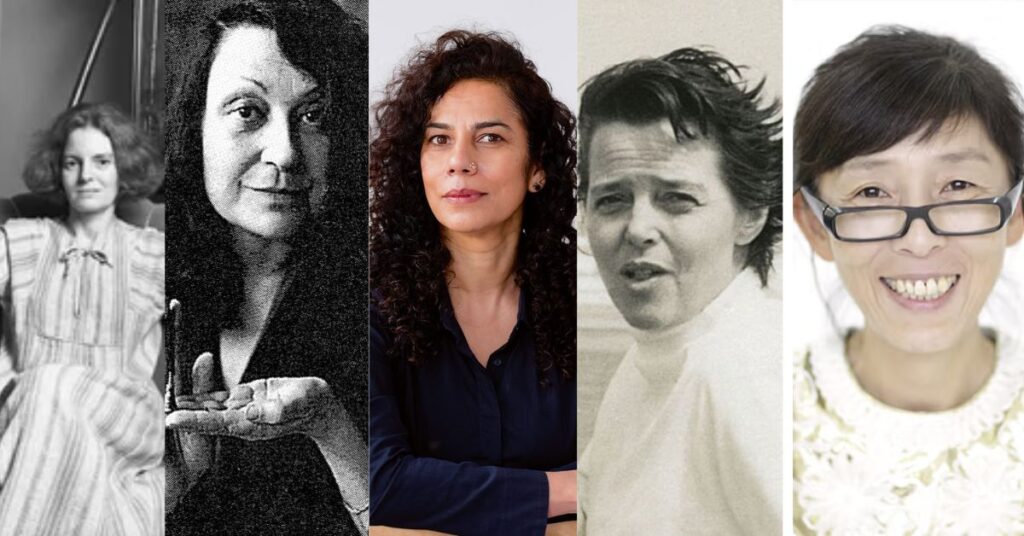
Top Women Architects Who Changed the World
For centuries, architecture was dominated by men—not due to lack of talent among women, but due to systemic exclusion from formal education, practice, and recognition. Yet against the odds, many women persevered, made history, and reshaped skylines. Their work not only contributed to the evolution of architectural styles and movements but also expanded the definition of what architecture could be—socially, culturally, and sustainably.
This blog highlights some of the most influential women who changed the architectural world, focusing on their contributions, design philosophies, and lasting legacies.
1. Zaha Hadid (1950–2016) – The Queen of the Curve
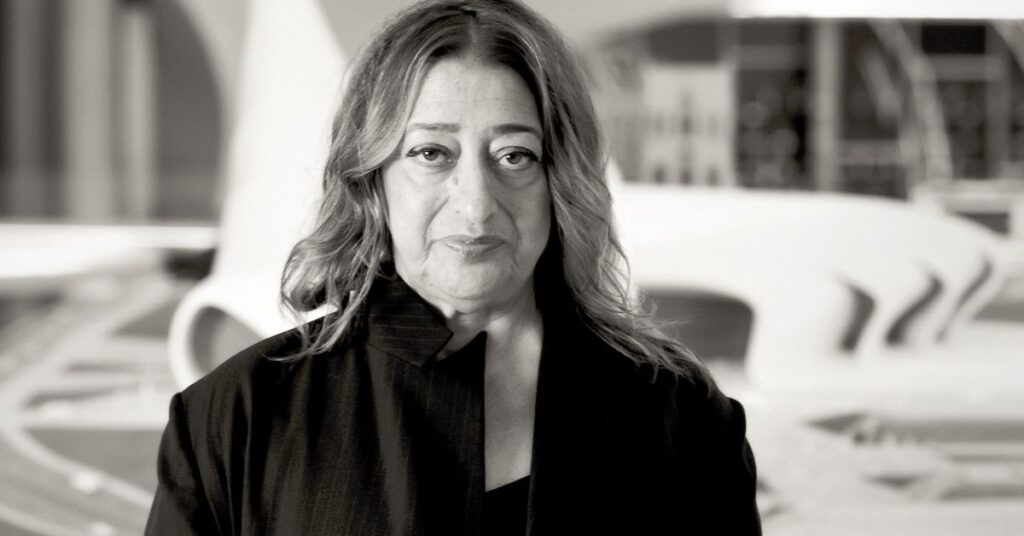
Often called the “Queen of the Curve,” Iraqi-British architect Zaha Hadid shattered barriers and challenged norms. She became the first woman to win the Pritzker Architecture Prize in 2004 and left behind a legacy of futuristic and fluid architectural forms. From the Heydar Aliyev Center in Baku to the London Aquatics Centre, her designs are characterized by sweeping lines, dynamic geometry, and a defiance of traditional structure.
Hadid was not only a bold designer but a visionary who used parametricism to redefine how space could be perceived. Her firm, Zaha Hadid Architects, continues to influence contemporary design and remains a beacon for women in the field.
2. Norma Merrick Sklarek (1926–2012) – Breaking Barriers
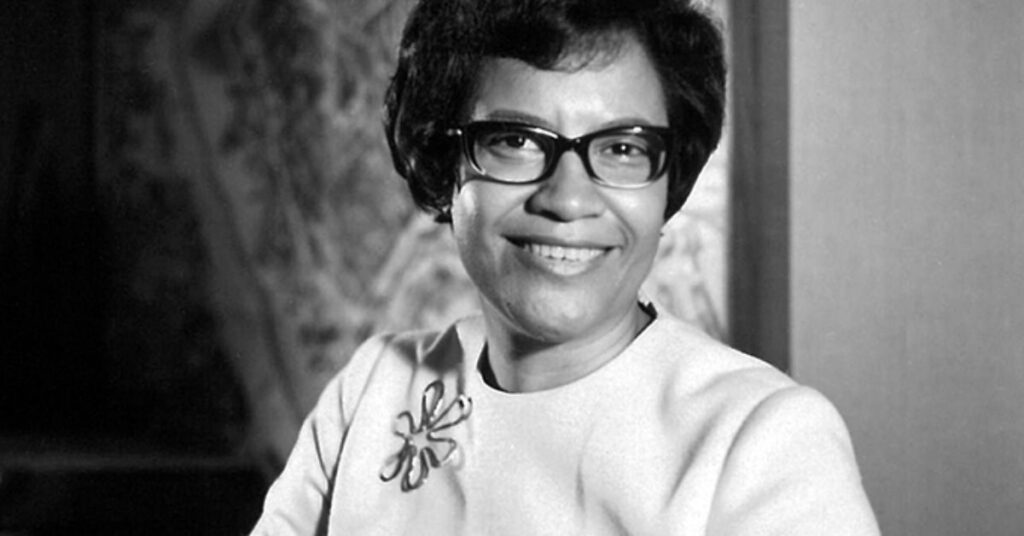
Norma Merrick Sklarek was a trailblazer in American architecture—not only as a woman but as one of the first African-American female architects licensed in the U.S. She co-founded Siegel Sklarek Diamond, one of the largest woman-owned architectural firms at the time.
Her major projects include the Pacific Design Center in Los Angeles and the U.S. Embassy in Tokyo. Beyond her architectural contributions, Sklarek mentored countless young architects and advocated for greater diversity in the field, making her a pivotal figure in architectural history.
3. Kazuyo Sejima (1956– ) – Minimalist Mastery
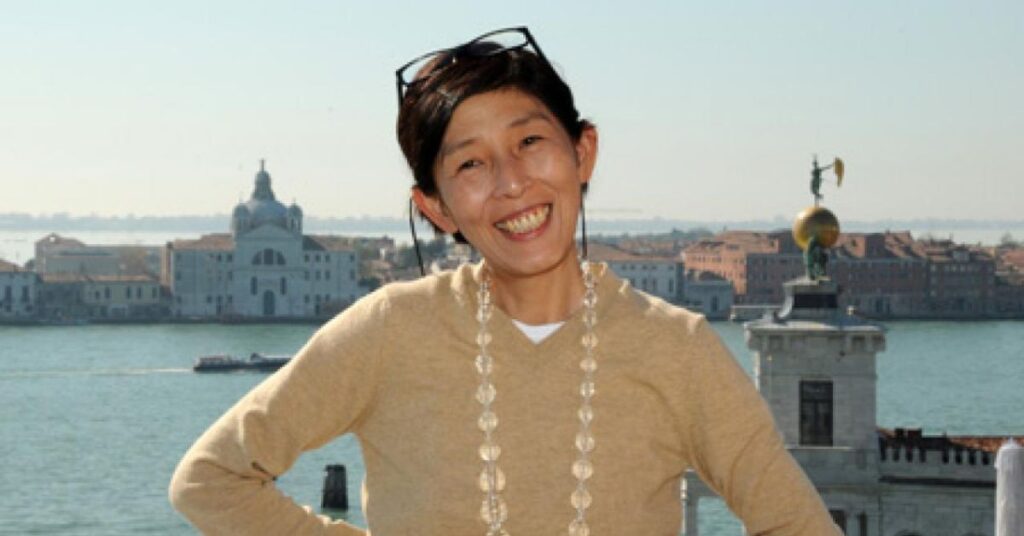
Japanese architect Kazuyo Sejima, co-founder of the firm SANAA, is known for her minimalist yet profoundly spatial designs. She, along with her partner Ryue Nishizawa, won the Pritzker Prize in 2010—only the second woman ever to receive it.
Her projects, like the New Museum in New York and the Rolex Learning Center in Switzerland, emphasize transparency, simplicity, and the seamless integration of indoor and outdoor spaces. Sejima’s designs are deeply sensitive to context and human interaction, blending aesthetics with purpose in graceful harmony.
4. Charlotte Perriand (1903–1999) – Modernist Innovator

Though often overshadowed by her collaborator Le Corbusier, Charlotte Perriand was a modernist force in her own right. Her work in furniture design and architectural interiors was radical, experimental, and rooted in the idea that design should improve life.
Perriand played a central role in shaping modernist architecture in the early 20th century. Her influence extended to urban planning and large-scale housing projects. A champion of prefabrication and modular systems, she helped lay the groundwork for sustainable, functionalist design.
5. Anupama Kundoo (1967– ) – Building with Purpose
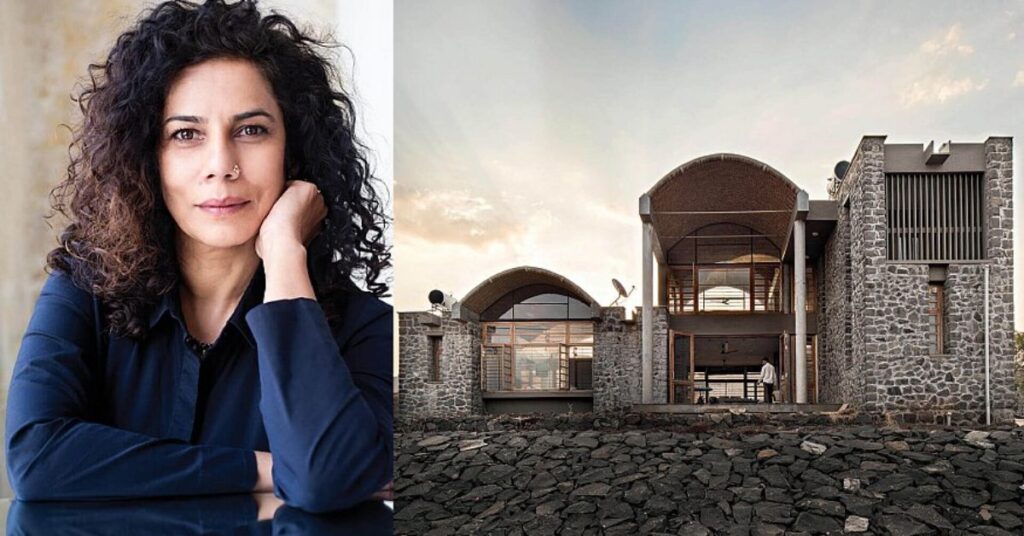
Indian architect Anupama Kundoo has made a global impact with her sustainable and socially driven architecture. Her work centers on low-tech building methods, local materials, and community engagement. Projects like the Wall House in Auroville and exhibitions at the Venice Biennale showcase her deep commitment to ecological balance and human-centered design.
Kundoo’s architecture is not just about aesthetics—it’s a response to India’s socio-economic and environmental challenges. Her work stands as a model for future architects seeking to blend innovation with responsibility.
6. Lina Bo Bardi (1914–1992) – Architecture for the People

Italian-born Brazilian architect Lina Bo Bardi combined modernist rigor with cultural empathy. She believed architecture was for everyone and designed inclusive, democratic spaces such as the São Paulo Museum of Art (MASP) and the SESC Pompéia cultural center.
Bo Bardi’s use of raw concrete and adaptive reuse principles placed her at the forefront of sustainable and socially conscious architecture. She blurred the boundaries between art, architecture, and politics, influencing generations of Latin American designers.
7. Denise Scott Brown (1931– )
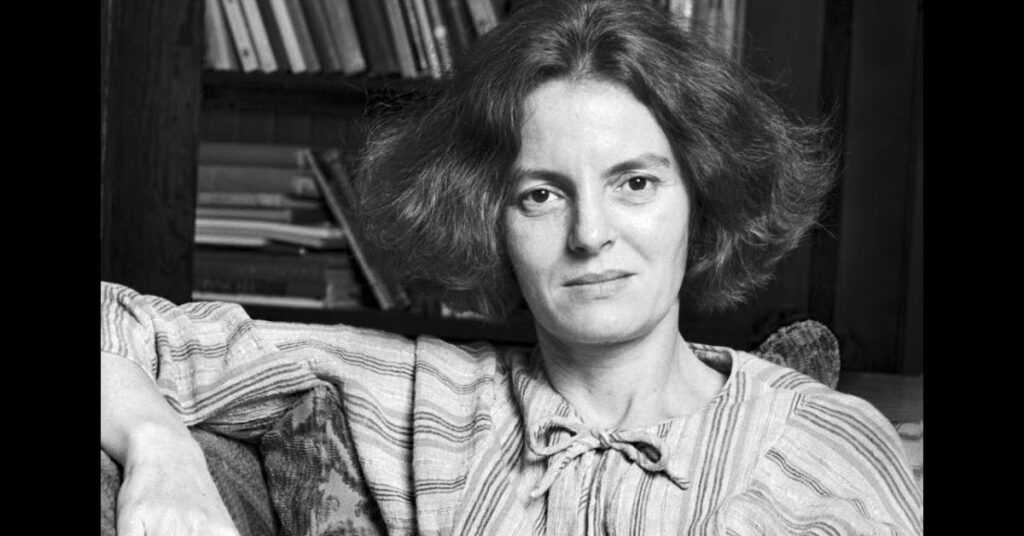
As a partner of Robert Venturi, Denise Scott Brown co-authored Learning from Las Vegas, a seminal text that redefined the way architects think about symbolism, pop culture, and urban design. Yet for decades, her contributions were under-acknowledged.
Scott Brown’s career has spanned architecture, planning, and education. She has been a fierce advocate for equity in architecture and has challenged the profession’s systemic gender bias. Her impact is seen not only in buildings but in the intellectual framework of postmodern architecture.
Why Their Legacy Matters
Each of these women forged paths where none existed before. Their work was not just about designing buildings but about changing the way we think about architecture’s role in society—whether it’s through cultural sensitivity, sustainability, community empowerment, or aesthetic innovation.
Their legacies continue to inspire new generations of architects—both women and men—to create with courage, conscience, and creativity.
The Ongoing Challenge
Despite these breakthroughs, women in architecture still face challenges today—from unequal recognition and pay to lack of representation in leadership roles. According to surveys, only a fraction of architecture firm principals worldwide are women. But the tide is shifting. With more women enrolling in architecture schools and leading groundbreaking projects globally, the future is brighter—and more inclusive.
Conclusion
The architectural world has been indelibly shaped by the contributions of these remarkable women. They not only pushed the boundaries of design but also questioned the very foundations of who gets to build, for whom, and why. As we move into a future of increasing complexity and ecological urgency, their stories remind us that innovation is not just about form—it’s about values, context, and courage.


